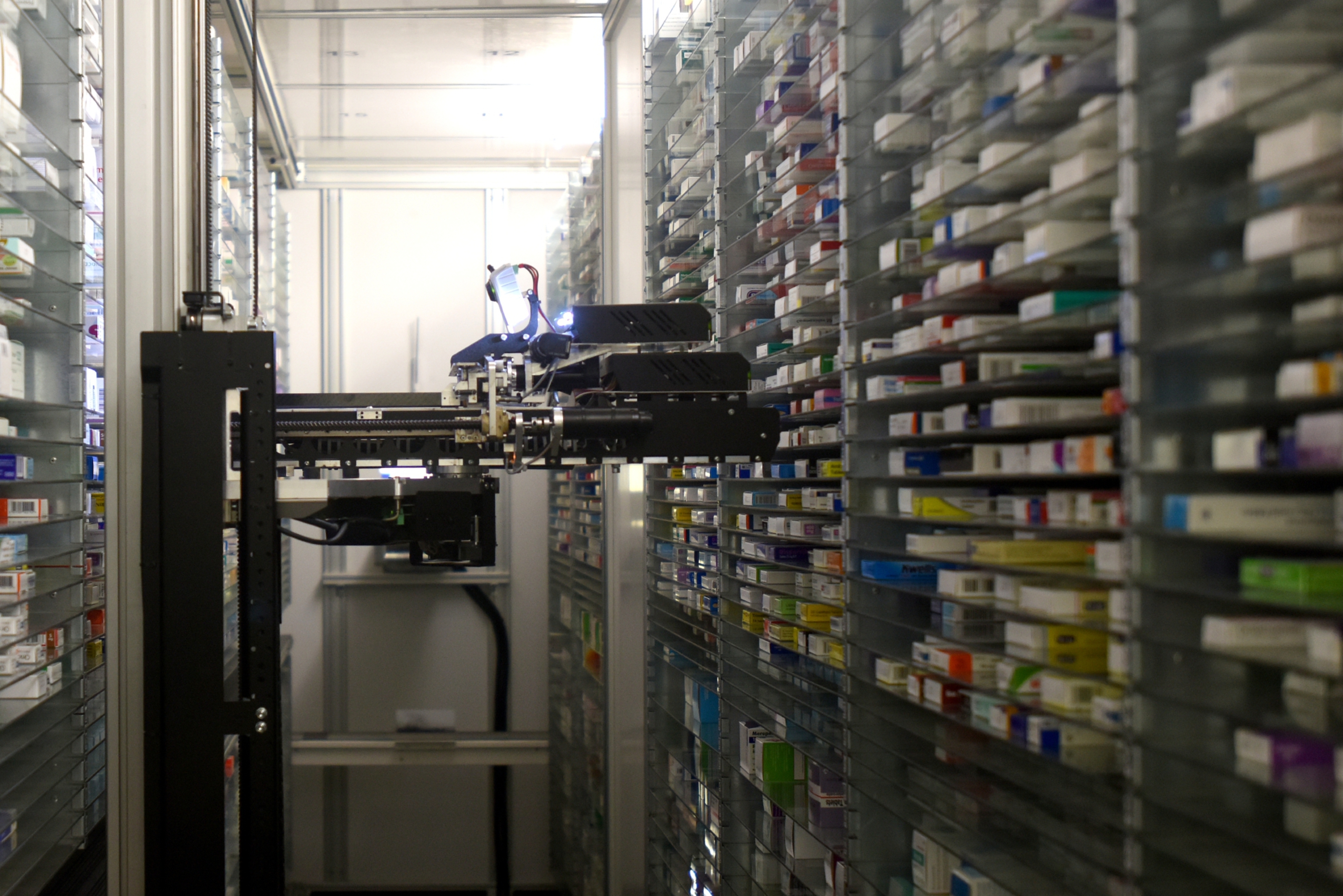Health boards in Tayside and Fife cut the cost of prescribing to individual patients in the last year, new figures have shown.
NHS Fife recorded a 2.5% decrease in the average cost per head of population for medicines in 2018-19.
Meanwhile, NHS Tayside witnessed a 3.9% decrease, the second highest in Scotland, beaten narrowly by the Western Isles health board.
Nationally, the spend on prescriptions fell by 0.7%.
Despite NHS Tayside’s drop, the area still spends on average £252.49 per head of population, almost £5 above the national average.
In Fife, £235.65 on average was spent, more than £10 less the national average.
Since 2009, the average cost per head of population in Scotland has risen 16.2%, from £212.60 to £246.96.
Fife has recorded one of the lowest increases in the 10 years, at 4.9%.
A number of projects are under way in Tayside to try to reduce the cost, including the promotion of social prescribing among the area’s health professionals.
This involves health professionals referring patients to support in the community, in an effort to improve their health and wellbeing with fewer medicines.
Andrew Radley, lead on social prescribing, consultant in public health pharmacy at NHS Tayside, said: “Lots of people take a lot of medicines and actually if we went right back to the beginning of that process and thought about the pathway that they’d been on to get five, six, seven medicines, if we’d done some different things, we might have made some different choices.
“Five, six, seven different medicines probably means 10, 11 or 12 different pills to take a day, with all the side effects and burden on your life that brings.
“By using things like social prescribing and different alternatives, designing care plans with patients that meet their aspirations and their needs, we could avoid some of that and the money that we spent on medicines could be used perhaps more effectively and more usefully in providing more holistic care for people.”
Shoban Thakore, clinical lead on realistic medicine, emergency medicine consultant, said the theory was gaining in popularity.
“There is a movement and Tayside is the size of health board where that kind of movement could actually get traction and start to move forwards,” he said.
“I would like to think that 3.9% is just the beginning of a kind of sea change.”
NHS Fife Medical Director, Dr Chris McKenna, said: “Through ongoing work to ensure we make the most of NHS Fife resources, we have been examining ways to make prescribing medicines more efficient. This medicines efficiency drive has already delivered significant savings, whilst at the same time improving the safety and quality of our prescribing.
“By promoting similar, more cost-effective medicines, reducing the amount of prescriptions that go unused, and putting the person receiving the care at the centre of decisions relating to their care, we continue to see progress in further reducing the cost of prescribing.”
